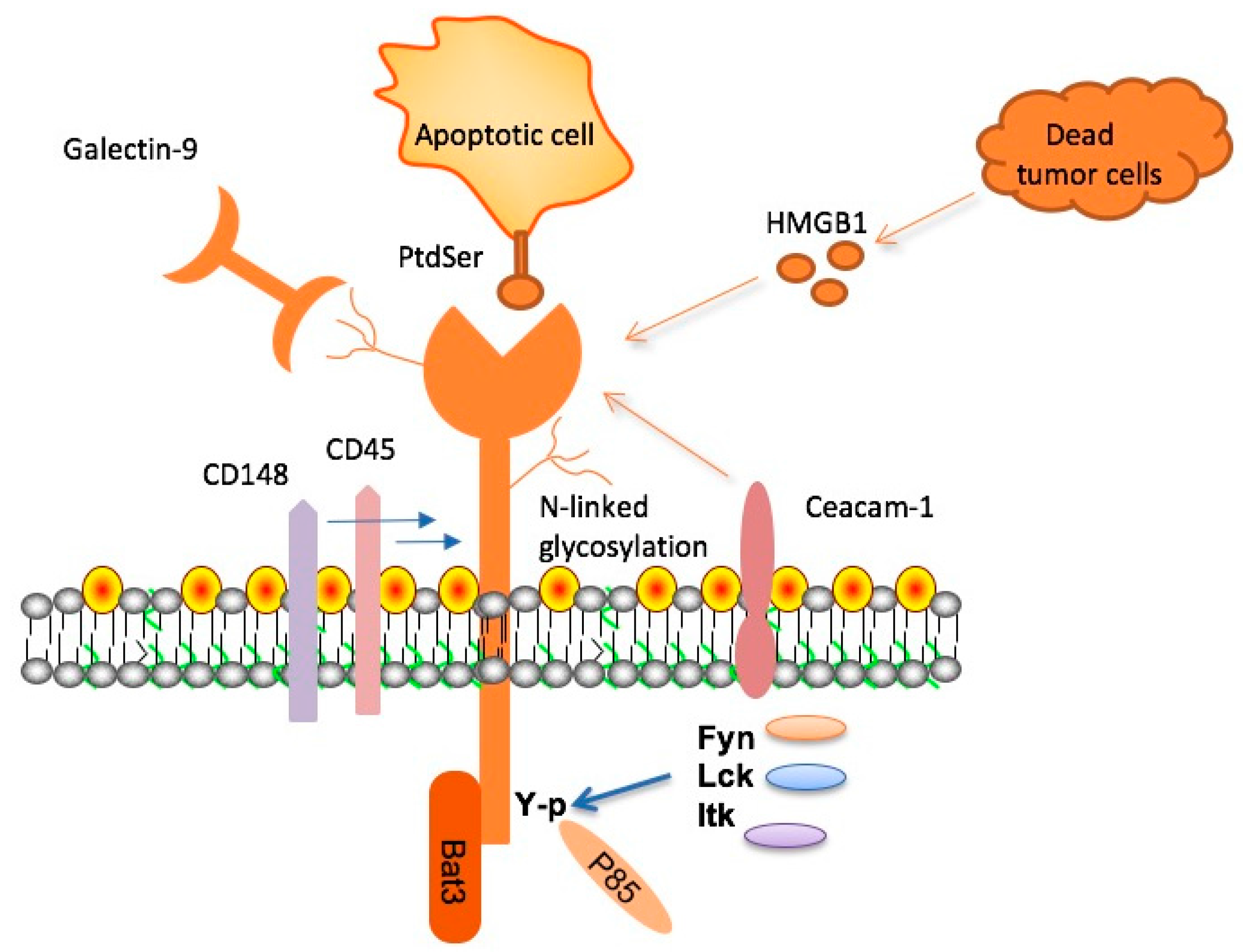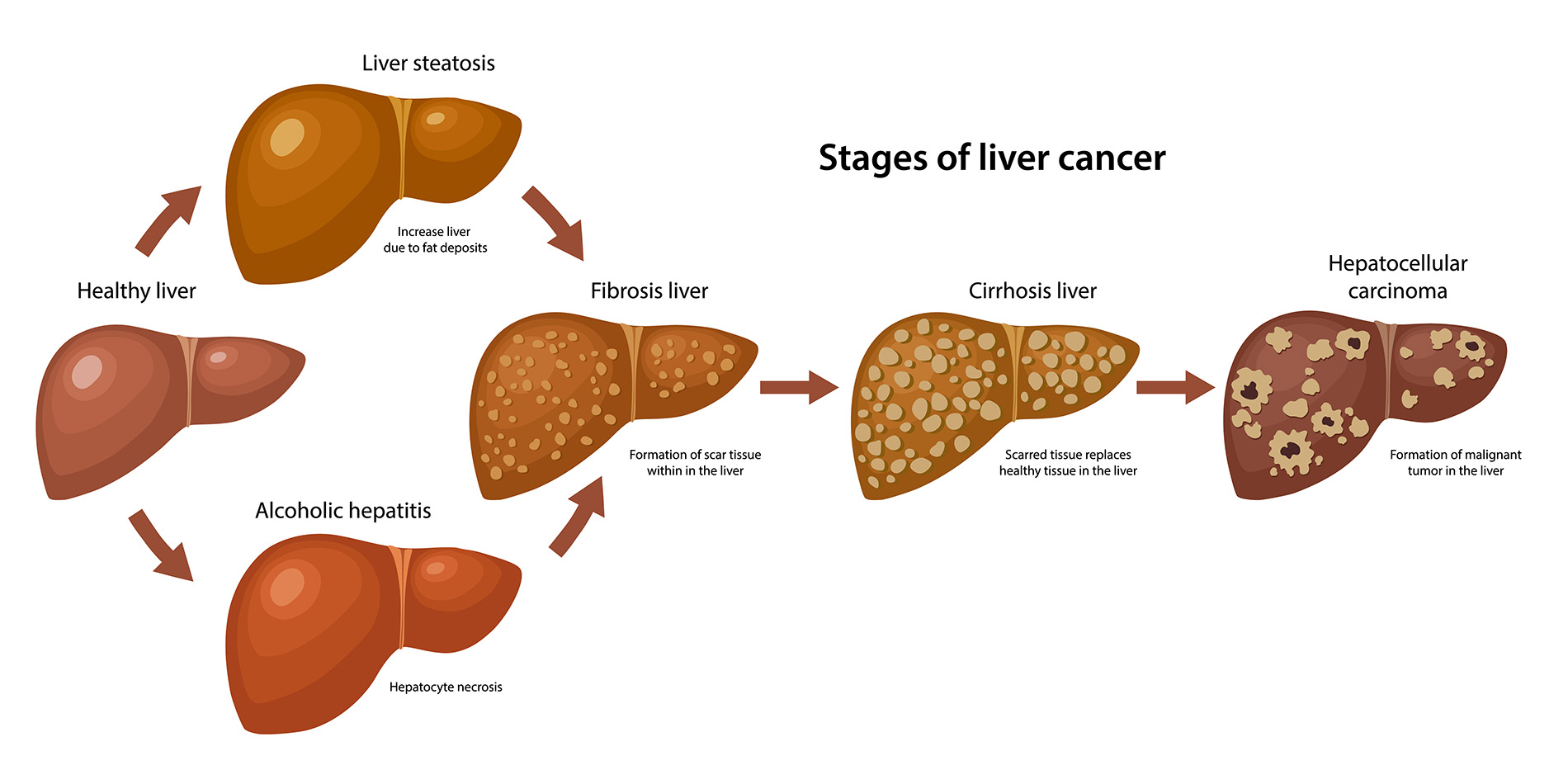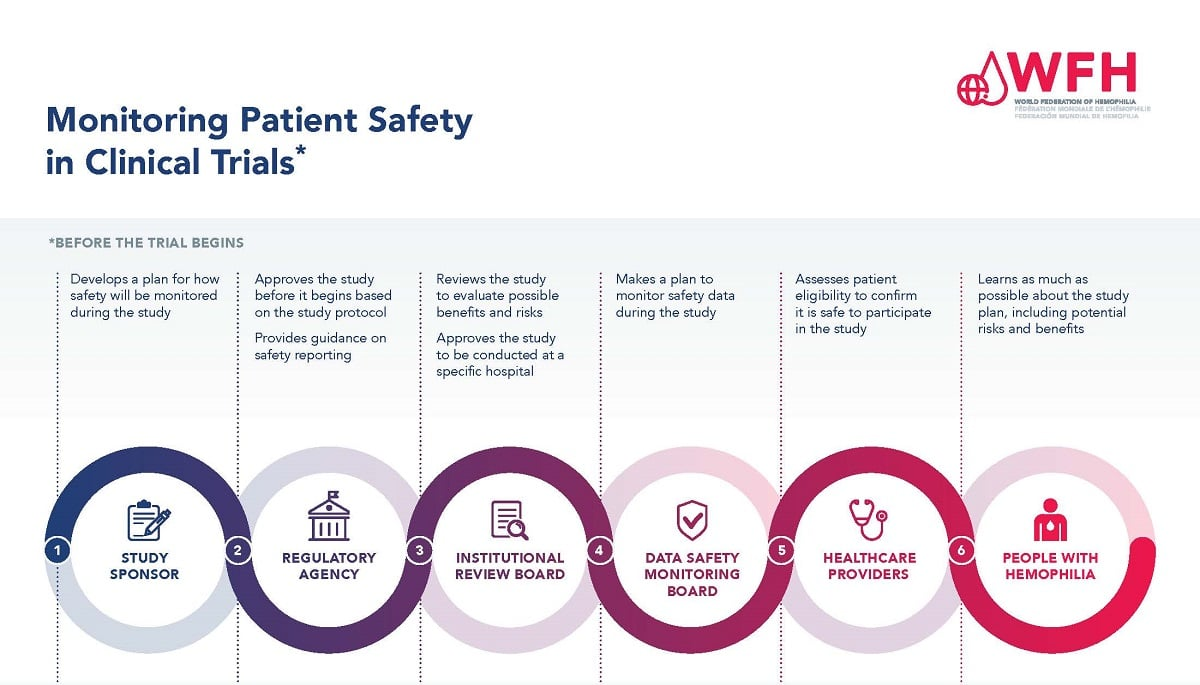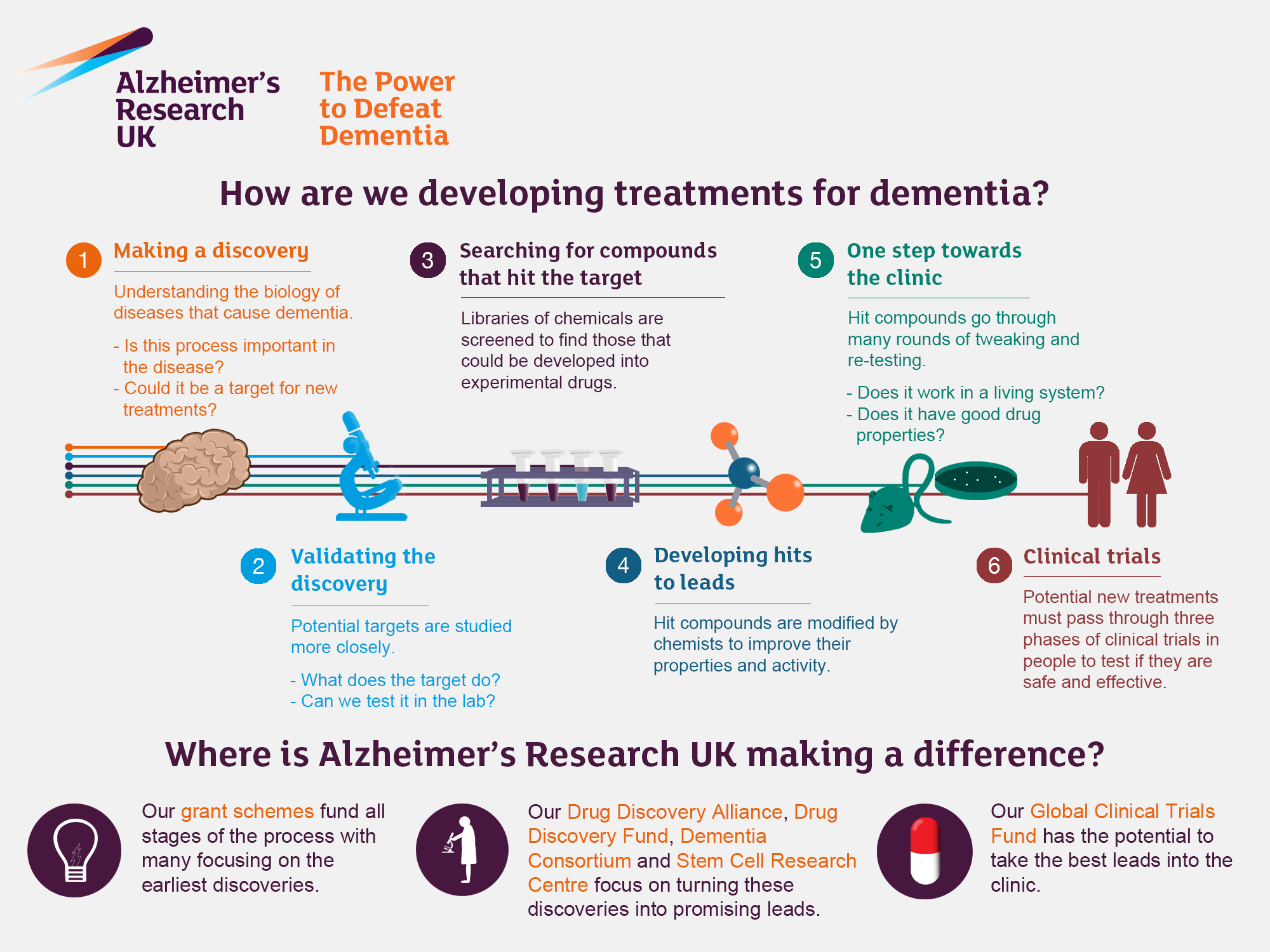TIM-3 and Alzheimer’s disease represent a groundbreaking intersection of neuroscience and immunology, promising new avenues for Alzheimer’s treatment. Recent studies indicate that this immune checkpoint molecule could play a pivotal role in alleviating cognitive decline associated with Alzheimer’s, particularly by enhancing the function of microglia. By inhibiting TIM-3, researchers found that these critical brain immune cells could effectively clear amyloid plaques, which are implicated in the progression of Alzheimer’s. The implications of this research extend beyond basic brain health, potentially influencing cancer therapies designed to modulate the immune response. As we explore the TIM-3 inhibition effects in clinical settings, we may pave the way for innovative treatments that leverage the immune system to combat Alzheimer’s disease.
The relationship between TIM-3 and Alzheimer’s highlights the complex interplay of the immune system and neurodegenerative diseases. This immune checkpoint molecule, traditionally studied in the context of tumor biology, may now provide key insights into the mechanisms underlying Alzheimer’s pathology. By understanding the role of TIM-3 in regulating microglia function, researchers are discovering new strategies to diminish plaque accumulation in the brain. This novel approach not only offers hope for Alzheimer’s treatment but also emphasizes the potential of repurposing existing cancer therapies to address cognitive disorders. Exploring the inhibition of TIM-3 could ultimately transform our understanding of how immune responses can be harnessed to improve brain health.
The Role of TIM-3 in Alzheimer’s Disease
TIM-3, a checkpoint molecule, plays a crucial role in the progression of Alzheimer’s disease by inhibiting microglial activity. Microglia, the brain’s immune cells, are essential for clearing amyloid plaques, debris that accumulates and contributes to cognitive decline. In Alzheimer’s patients, TIM-3 is expressed at significantly higher levels on activated microglia, which prevents these cells from effectively removing plaques. The persistent presence of amyloid beta plaques leads to neuroinflammation and, ultimately, neuronal loss, further exacerbating Alzheimer’s pathology.
Research has shown that deleting the TIM-3 gene can enhance the plaque-clearing abilities of microglia, thereby improving cognitive function in animal models of Alzheimer’s disease. This discovery presents a potential therapeutic pathway: by inhibiting TIM-3, we can potentially reignite the microglial response to amyloid plaques, reducing their abundance in the brain and, subsequently, improving memory function. Understanding the intricate balance between TIM-3 expression and microglial activity is key to developing effective Alzheimer’s treatments.
Microglia, TIM-3, and Immune Responses in Alzheimer’s
Microglia, integral to maintaining CNS health, adapt their functions through various signaling molecules, including TIM-3. This inhibitory checkpoint molecule prevents overreaction of the immune response, primarily aimed at protecting the brain from inflammation. However, in the context of Alzheimer’s, this protective mechanism becomes detrimental. Elevated TIM-3 levels suppress the ability of microglia to engulf and degrade amyloid plaques, leading to a vicious cycle of plaque accumulation and cognitive impairment. This highlights a paradox where microglial activation is necessary for combating disease yet is stifled by immune checkpoints.
Effective Alzheimer’s treatment strategies may therefore involve manipulating the microglial response through TIM-3 inhibition. This could enable microglia to actively clear amyloid beta, thus reversing some aspects of cognitive decline. As ongoing collaborations explore the potential of anti-TIM-3 therapies, understanding the dual nature of microglial functions will be essential for designing interventions that enhance cognitive resilience while minimizing unnecessary inflammatory responses.
Investigating TIM-3 Therapy for Alzheimer’s Treatment
As researchers delve deeper into TIM-3’s role in Alzheimer’s, the potential for therapeutic applications becomes increasingly clear. Anti-TIM-3 antibodies or small molecules that inhibit TIM-3’s function could provide a novel treatment approach. Such therapies aim to reset the balance in microglial function, allowing these cells to resume their role in clearing amyloid plaques. The goal is not only to halt disease progression but also to improve cognitive outcomes for patients suffering from Alzheimer’s.
The promising results obtained from animal models underscore the need for clinical trials to test the effectiveness of TIM-3 therapies in humans. Preliminary studies have shown that inhibiting TIM-3 can restore some cognitive functions in mice. Translating these findings to human subjects involves understanding the complexities of human TIM-3 genetics and its expression, as well as ensuring safety and efficacy of these novel therapeutics in managing Alzheimer’s disease.
Immune System Strategies and Alzheimer’s Treatment
Leveraging immune system strategies that have shown efficacy in cancer treatment opens new avenues for Alzheimer’s disease management. The success of checkpoint inhibitors in oncology has inspired researchers to explore similar mechanisms in neurodegenerative diseases. By targeting TIM-3, a checkpoint molecule, there is hope for a paradigm shift in how Alzheimer’s is approached therapeutically. Inhibiting TIM-3 could reinvigorate immune responses to effectively manage the accumulation of Alzheimer’s-associated amyloid plaques.
Integrating cancer therapies into Alzheimer’s treatment frameworks requires thorough understanding and research. These strategies must enhance immune clearance of amyloid plaques without triggering excessive immune responses that could lead to neuroinflammation. Ongoing studies aim to assess how existing cancer therapies can be adapted for Alzheimer’s treatment, creating a synergistic approach that harnesses the body’s immune system to combat neurodegenerative processes.
Microglial Function and Alzheimer’s Pathology
Microglia are crucial to brain health, participating in synaptic pruning and immune responses. In Alzheimer’s disease, their function becomes impaired due to increased expression of TIM-3, leading to inadequate clearance of amyloid plaques. As microglial cells become overwhelmed by plaque accumulation, their protective roles are compromised, resulting in further neuronal damage and cognitive decline. Understanding how TIM-3 impacts microglial function is essential for developing effective therapies that can enhance plaque clearance.
Recent research suggests that enhancing microglial phagocytic activity by inhibiting TIM-3 could diminish the amyloid burden in the brain. This could restore cognitive functions significantly, providing a therapeutic target that addresses the root causes of Alzheimer’s pathology. By strategically modulating microglial activity, it may be possible to not only alter the course of Alzheimer’s but also improve overall brain health in aging populations.
Potential Impact of TIM-3 Inhibition on Alzheimer’s Disease
The potential impact of TIM-3 inhibition on the treatment of Alzheimer’s disease is profound. Current Alzheimer’s therapies are often limited in efficacy and their mechanisms are not fully understood. By focusing on TIM-3, researchers hope to establish a novel therapeutic pathway that could offer significant benefits for patients. Studies indicate that disrupting the TIM-3 pathway not only enhances microglial activity against amyloid plaques but could also improve overall cognitive function, leading to a transformative approach in Alzheimer’s care.
As interest in TIM-3 grows, researchers are optimistic about the future applications of this molecular target in Alzheimer’s treatment. The shift in focus from traditional amyloid-targeting drugs to modulation of the immune system through TIM-3 inhibition signals a potential new era in Alzheimer’s research, one that prioritizes restoring immune functionality as a means to combat neurodegeneration. This strategy could pave the way for more effective interventions and ultimately better quality of life for Alzheimer’s patients.
Alzheimer’s-Related Genetic Factors: The Role of TIM-3
Genetic factors play a significant role in the onset and progression of Alzheimer’s disease, and TIM-3 is emerging as a critical genetic factor associated with late-onset Alzheimer’s. Research has identified polymorphisms in the HAVCR2 gene, which encodes TIM-3, linked to increased risk of developing Alzheimer’s. This connection emphasizes the importance of understanding the genetic basis of Alzheimer’s in order to develop targeted therapies that can modify disease risk and progression.
Typically, genetic markers provide insights into the disease mechanisms, and TIM-3’s role as a checkpoint molecule could provide a dual function: it serves as a biomarker for risk assessment while also acting as a therapeutic target. This dual role presents opportunities for personalized medicine approaches, where interventions can be tailored based on a patient’s specific genetic profile and TIM-3 expression levels, potentially improving treatment outcomes.
Evaluating Future Directions in Alzheimer’s Research
The exploration of TIM-3 as a therapeutic target in Alzheimer’s disease indicates exciting future directions in research. Ongoing studies seek to validate the efficacy of TIM-3 inhibitors in humans. Researchers aim to understand how these inhibitors can be integrated into existing treatment protocols, particularly after observing their potential to reverse cognitive decline in animal models. This line of investigation could lead to breakthroughs that significantly alter the landscape of Alzheimer’s treatment.
Furthermore, the collaboration between neurology, immunology, and genetic research is essential for advancing our understanding of Alzheimer’s. As new mouse models are developed to evaluate TIM-3 therapy candidates, there is hope for rapid advancement in clinical applications. A concerted focus on this multifaceted approach can pave the way for not just managing Alzheimer’s disease but also enhancing overall brain health in aging populations.
Innovations in Alzheimer’s Therapy: TIM-3 Focus
Innovations in Alzheimer’s treatment are being driven by breakthroughs in our understanding of immune mechanisms, particularly those involving TIM-3. This checkpoint molecule has emerged as a key player in the immune response associated with neurodegeneration. By exploring TIM-3 pathways, researchers are crafting novel therapeutic strategies that may radically improve patient outcomes. These strategies are likely to revolutionize how we approach Alzheimer’s treatment in the coming years.
As more studies elucidate the role of TIM-3 and its inhibition, there is optimism about developing effective therapies that could halt or reverse the cognitive decline seen in Alzheimer’s patients. By integrating insights from immunology with traditional Alzheimer’s research, these innovations herald a new paradigm in the management of neurodegenerative diseases. Continued investment in this area is critical, as the implications for patient care and quality of life are substantial.
Frequently Asked Questions
What is TIM-3 and how is it related to Alzheimer’s disease?
TIM-3 (T-cell immunoglobulin mucin domain 3) is an immune checkpoint molecule that plays a crucial role in regulating the immune response. In relation to Alzheimer’s disease, studies indicate that TIM-3 is expressed at high levels on microglial cells, which are the brain’s immune cells. This overexpression inhibits the ability of microglia to clear amyloid-beta plaques, leading to the progression of Alzheimer’s symptoms.
How does inhibiting TIM-3 affect Alzheimer’s treatment options?
Inhibiting TIM-3 can potentially enhance the function of microglia, allowing them to better clear amyloid plaques in the brain, a hallmark of Alzheimer’s disease. This could pave the way for new treatment strategies, including the use of anti-TIM-3 antibodies or small molecules that block TIM-3’s inhibitory effects, thereby promoting a more effective immune response in Alzheimer’s patients.
What role do microglia play in clearing Alzheimer’s plaques and how is TIM-3 expression involved?
Microglia are the primary immune cells in the brain responsible for clearing debris, including amyloid plaques associated with Alzheimer’s disease. However, when TIM-3 is overexpressed on microglia, it impairs their ability to phagocytose these plaques, contributing to the accumulation of amyloid-beta and the progression of Alzheimer’s symptoms.
What does recent research indicate about the connection between TIM-3 and memory restoration in Alzheimer’s models?
Recent studies have shown that deleting TIM-3 in mouse models of Alzheimer’s disease improves the clearance of amyloid plaques, which is associated with enhanced cognitive function and memory restoration. By enabling microglia to operate more effectively, this approach demonstrates the potential of TIM-3 inhibition for improving memory and cognitive behaviors in Alzheimer’s patients.
Are there existing therapies targeting TIM-3 for Alzheimer’s treatment?
Currently, therapies targeting TIM-3 for Alzheimer’s are still in experimental stages. However, research suggests potential repurposing of existing anti-TIM-3 antibodies, typically used in cancer therapies, to treat Alzheimer’s disease by enhancing microglial clearance of amyloid plaques.
What are the implications of TIM-3 research for future Alzheimer’s treatments?
The ongoing research into TIM-3 highlights a promising strategy for Alzheimer’s treatment focused on modulating the immune response. By understanding how TIM-3 inhibition can improve microglial function and reduce amyloid plaque burden, new therapeutic options may arise, potentially providing significant advancements in Alzheimer’s disease management.
| Key Point | Description |
|---|---|
| Study Focus | Exploration of TIM-3’s role in Alzheimer’s disease and its potential as a treatment strategy. |
| TIM-3 Function | TIM-3 is a checkpoint molecule that inhibits microglia from attacking amyloid plaques in the brain. |
| Research Findings | Deletion of TIM-3 improved microglial function, reducing plaques and enhancing memory in mouse models. |
| Study Background | Conducted by Vijay Kuchroo and his team, focusing on late-onset Alzheimer’s, which accounts for 90-95% of cases. |
| Therapeutic Potential | Research indicates that TIM-3 inhibition could lead to new therapies for Alzheimer’s using anti-TIM-3 antibodies or small molecules. |
| Next Steps | Further studies to test human anti-TIM-3 antibodies in mouse models of Alzheimer’s disease. |
Summary
TIM-3 and Alzheimer’s represents a promising frontier in the treatment of this debilitating disease. New research shows that by inhibiting TIM-3, microglia are freed to clear amyloid plaques, potentially restoring cognitive function. This breakthrough not only highlights the intricate relationship between immune regulation and Alzheimer’s pathology but also suggests that existing cancer therapies targeting TIM-3 could be repurposed to improve outcomes for Alzheimer’s patients. As scientists continue to explore this intersection, there is hope for innovative therapeutic approaches that may significantly impact the treatment landscape for Alzheimer’s disease.



